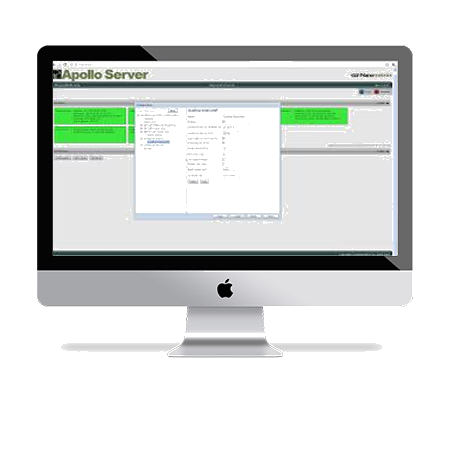Pegasus
From volcanic explosions to fire ants, we know that trying to collect quality seismic data can be both a costly and a logistical nightmare
Pegasus
Digitizer 6 ChannelCategories: Digitizer
From volcanic explosions to fire ants, we know that trying to collect quality seismic data can be both a costly and a logistical nightmare. From experiment design to publishing, Pegasus reduces time in the field, the need for on-site station health checks, inventory management, and power related costs. Pegasus sets new standards for flexibility, efficiency, and data quality delivered by a standalone, portable, digital recorder. The Pegasus digitizer is well suited for broadband and passive node deployments, which focus on full waveform, full wavefield imaging, and rapid aftershock research.
MINIMIZE STATION INFRASTRUCTUREWith a power consumption of <200mW, Pegasus significantly reduces battery requirements, station size, and weight allowing for efficient and cost-effective portable deployment of larger campaigns over a longer period of time.
MINIMIZE FIELD EFFORTMinimize the time required to retrieve and process complete data sets. Retrieve one month’s worth of data in MiniSEED format along with StationXML metadata, State of Health and comprehensive project audit data in under 10 seconds.
Product Detail Description
Sampling: Simultaneous on all channels
Resolution:
- 28 bit for ≤ 10 sps
- 26 bit for 20 to 50 sps
- 24 bit for ≥ 100 sps
Accuracy: Nominal gain accurate within ±0.5%
Dynamic Range (typical): 142 dB @ 20 sps, 135 dB @ 100 sps (40 Vpp (1x gain), full-scale peak to RMS shorted-input noise)
Preamp Gain:
- 1x, 4x, 10x, 40x, 80x
- Sensor A and B independently selectable
Sample Rates: 1, 2, 5, 10, 20, 40, 50, 100, 200, 250, 500, 1000 sps
Sensor A and B independently selectable
Decimation Anti-Aliasing Filter:
- Selectable linear phase (noncausal) or minimum phase (causal)
- -140 dB (linear phase) at output Nyquist frequency, 0 dB at 80% Nyquist
Sensor Types: Differential analog sensors such as broadband seismometers, geophones, microbarometers, accelerometers, and meteorological sensors
Control Lines: 3 on Sensor A and 1 on Sensor B port — typically used for mass center and selecting XYZ/UVW or SP/LP modes
Sensor Power:
- Supply power pass-through to sensor channels (9-17 V DC, 1A)
- Over-current protected
Auto Mass Centering: Configurable thresholds, intervals
Serial Interface: Sensor A supports digital management of Nanometrics sensors
Power Supply: 9-17 V DC non-isolated input
Power-up: <5 seconds
Protection: Electronic resettable fuse design, lightning surge (IEC61000), reverse battery protection
Battery Manager: User-configurable low voltage shutdown and restart thresholds
- 3-channel model: <200 mW (Duty-cycled GNSS)
- 4-channel models: <200 mW plus 40 mW when 4th channel is enabled (Duty-cycled GNSS)
Housing: UV, impact, and chemical resistant plastic
Ingress Protection: Rated to IP68 for prolonged immersion to 1 m when connectors mated or capped
Humidity: 0 to 100%
Operating Temperature:
- –20°C to +60°C (standard models)
- –45°C to +60°C (Polar Certified model)
Storage Temperature:
- –40°C to +70°C (standard models)
- –60°C to +70°C (Polar Certified model)
Weight: 650 g
Size: 83.5 mm (L) x 96.5 mm (W) x 164 mm (H) not including connectors/203.5 mm (H) including connectors
| Pegasus_Data_sheet.pdf |


